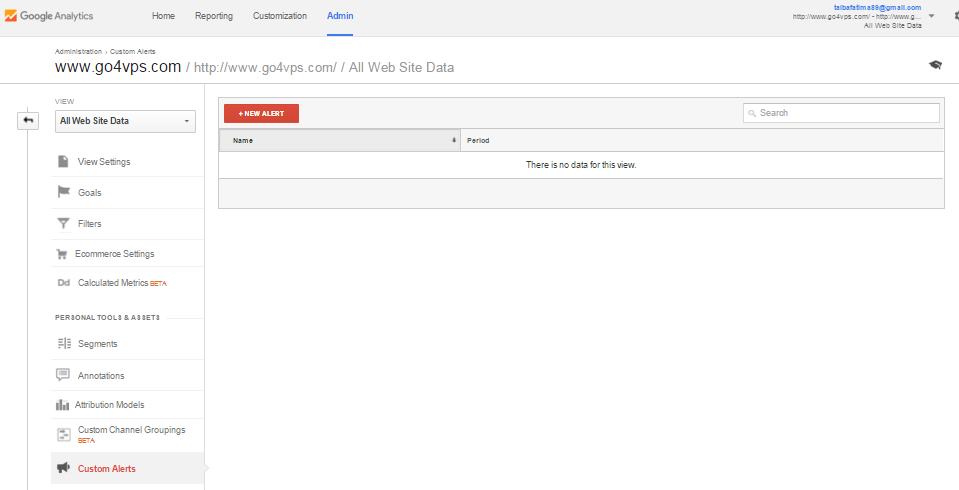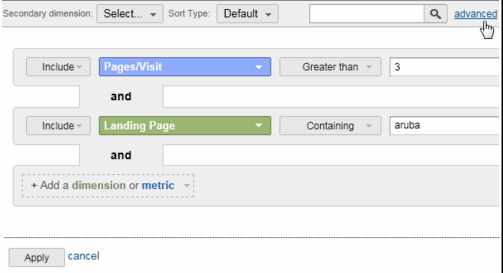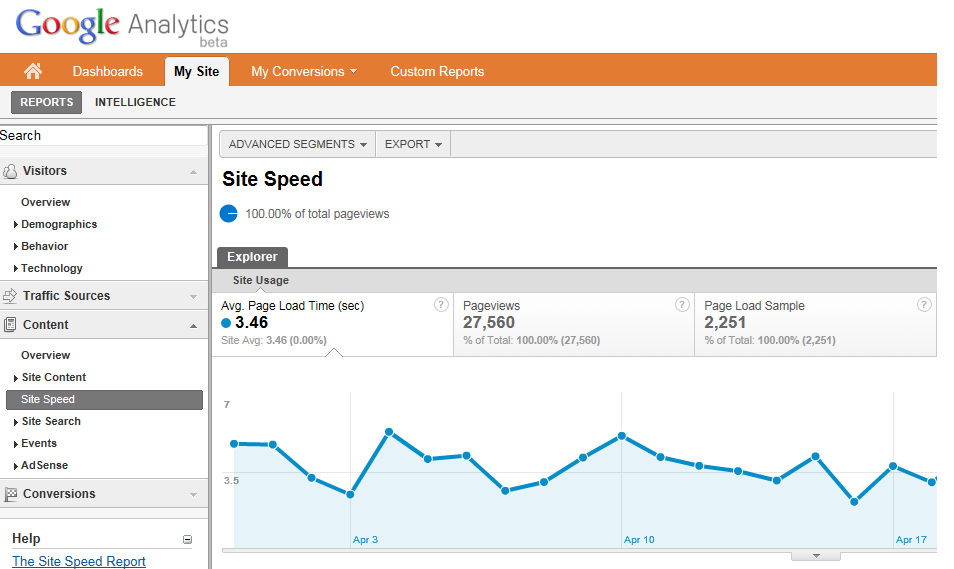Google Analytics is an effective tool that allows webmasters to gauge the success of their digital marketing efforts. It allows them to view the amount of traffic their website receives; track which part of the world visitors come from; and where these visitors are heading to. It goes without saying that this analytics tool encompasses simple to complex functionalities. Google Analytics is a broad subject of study that encompasses too many things into it – the more you dig into it, the more you fetch the info. Right tips and understanding is important to make your business’s online presence a success.
In this blog, we will discuss some of the features
Set Your Goals: It is an important feature available in Google Analytics. However, it has the potential to pay off good results. For this, go to Admin ó Select Goals ó Set up your New Goals. Let’s say, if your main goal is conversion, you can choose the goal templates/create custom goals/create smart goals to keep a track of your conversions or page views in the most complacent manner. Once you are done with the goals setup, you can monitor your conversions and page views in a jiffy.
Create Your Dashboards: You can create and customize a new dashboard to gain high definition view of your website account. How efficiently you customize it depend on your prowess and understanding about the tool.
In just a few simple steps you can create it – go to the Dashboards and click on New Dashboard. After you choose your template, you can add widgets as well depending on your requirements. You can add standard (METRIC, TIMELINE, GEOMAP, TABLE, PIE, BAR) and Real-time (COUNTER, TIMELINE, GEOMAP, TABLE) widgets the way you wish to.
Create Custom Notifications: Time is money – every business comprehends the value of time in today’s digital landscape where a single misstep can cause irrecoverable losses. For many, including Google Analytics tour in their everyday to-do-list is not possible. In connection with this, setting up custom alters could be of a great help. These alerts will also notify you about various shortcomings relative to your website so that you can fix it right away.
You can simply setup your alerts – Go to the Admin ó Select Custom Alerts, and you can create new alert for different actions you wish to get intimated for. Custom Alerts can be applied to your desired traffic segments or to complete traffic. You will be notified when your preset criteria are met.
Use Filters: Google Analytics allows webmasters to view how much traffic there website has received. It enables you to limit and change the data that is included in a view. Let’s say, if you and your team keep on visiting the site, these visits will also get included into your Analytics report, which might not give you the fair idea about the traffic details. In order to avoid such impressions including PPC traffic, Organic traffic, and Subdomain traffic, you can go to the Admin and Select Filters to exclude traffic from coming from your IP addresses and thus concentrate on a specific subdomains or directories.
There are two kinds of filters – predefined filters and custom filters allowing you to exclude/include internal traffic, log file lines, track subdomains in separate views,and convert the contents into all uppercase or all lowercase characters.
Integrate Webmaster Tools: It is observed that Google Webmasters tools have the potential to acquaint you with the insights that an Analytics tool can’t afford to, such as details about the links to your mission-critical website, information of users’ impressions, index errors, crawl errors(404), spamming activities, organic search keyword click details, and much more. Well, complementing your Analytics with Webmaster tools will anyways provide a rich experience to webmasters as they can get their hands on new reports including Landing Pages and Queries, Click through Rate (CTR), and keyword positioning that help in monitoring the health of their critical website.
Measure Page Load Time: A webpage that takes time to load badly impacts AdWords Landing Page and search engine rankings. That’s why experts suggest looking for a data center or web hosting provider that promises faster loading speed and lowest latency rate. Now let’s come to Google Analytics, which provides an access to site speed reportso that you can easily measure the load time across.
The report covers the complete details about: Which landing pages are slow to load? Which campaigns loads faster? How load time varies across different locations? How fast it loads on different browsers?
The best thing about site speed report is you can gauge the speed of your critical pages and fix the issues accordingly. This report can be simply accessed: Go to Behavior ó Select Site Speed ó Select Overview.
Browser Compatibilities: Google Analytics help businesses to check which Internet browsers there users make much use of. This enables them to check out the loading time and bounce rates for each browser (Chrome, Firefox and Safari)visiting their mission-critical website. If the bounce rate from the particular browser comes high, there could be layout or formatting issues.
This you can simply check by clicking on Standard Reporting>Audience>Technology>Browser & OS.
Google Analytics can prove to be an amazing tool and help in improvising your SEO and inbound marketing efforts, provided you dig into its functionalities and execute it at right time and in the right way. To ensure best experience for your end-users, there are two surefire ways – first opt for a really good web hosting service provider and secondly use this analytics tool to make best out of your website.
If you have any query, or looking forward for a leading web hosting solution – feel free to connect our experts at 1800-212-2022.






 Live Chat
Live Chat







